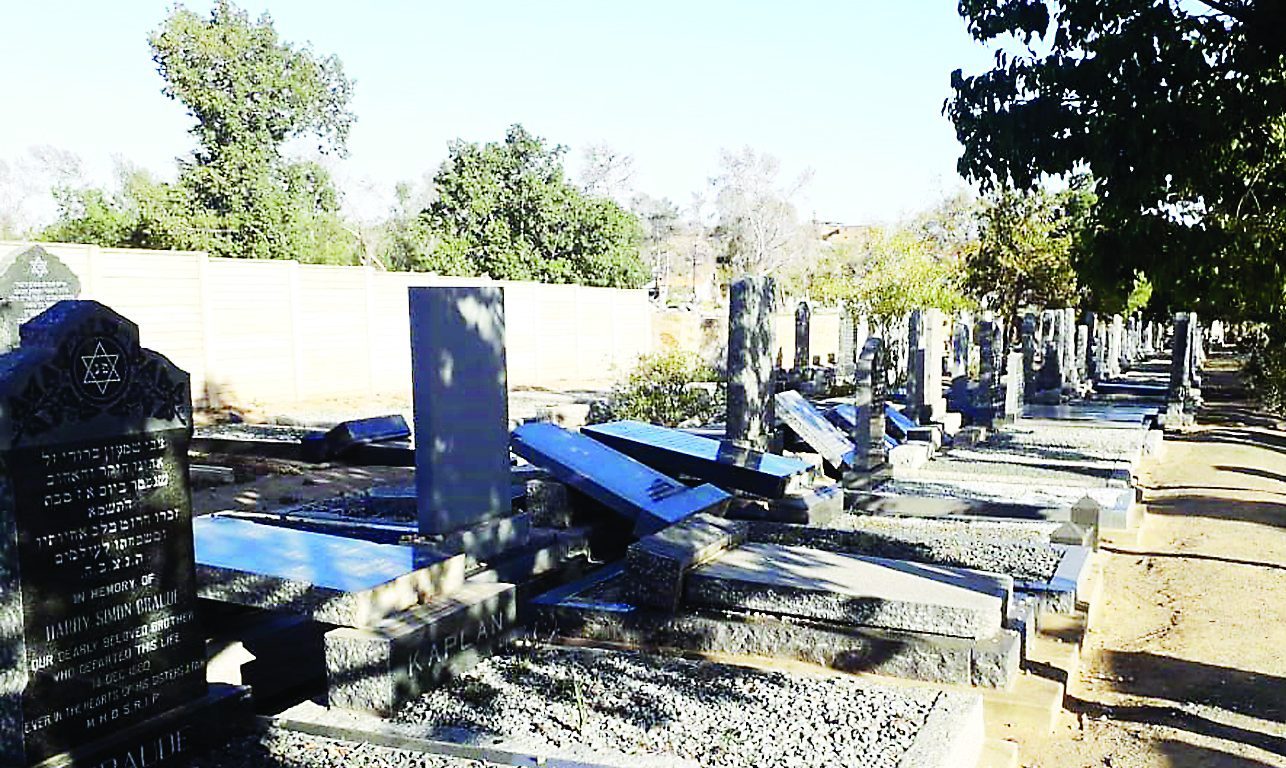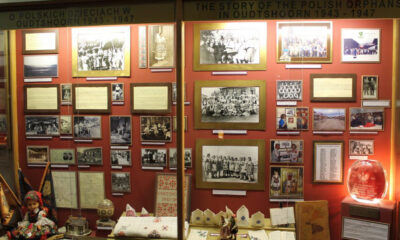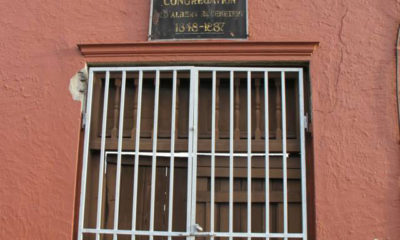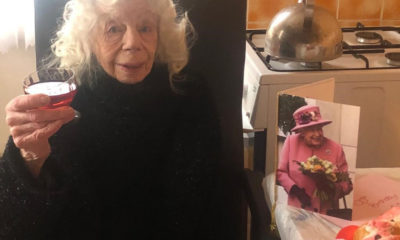
Featured Item

Oudtshoorn’s Jewish cemetery vandalised
Thirty-three gravestones have been vandalised in the Jewish cemetery of the town that was once called “the Jerusalem of South Africa”, demonstrating the uphill struggle to protect and maintain Jewish cemeteries in country communities around South Africa.
Oudtshoorn resident Bernard Herman discovered the destruction on Wednesday, 19 August. He doesn’t think it’s an antisemitic attack as about 20 gravestones were also vandalised in the general cemetery nearby.
“We are fighting a losing battle in our small and shrinking Jewish community,” he says. “We surrounded the entire boundary wall with hundreds of metres of barbed wire at great expense some time ago, and every inch has been removed and stolen since.”
He blames the vandalism on substance abuse in the general Oudtshoorn community, with individuals wreaking destruction while under the influence of drugs or alcohol.
There are more than 800 graves in the cemetery, reflecting a community established 138 years ago. “Cemeteries are an easy target for vandalism and antisocial behaviour, but that doesn’t mean it’s any less upsetting [than if it was an antisemitic attack],” says Stuart Diamond, the director of the Cape South African Jewish Board of Deputies.
“There must be dignity in death. We are trying to work with municipalities to protect the cemeteries, as this vandalism comes at an immense cost to the community. However, the municipalities generally don’t have the funds to do so. We are seeing this kind of vandalism more and more, both in Jewish cemeteries and in general cemeteries nearby. It’s very concerning.”
“The municipality used to maintain the cemetery, but it no longer does so, so we bring in private gardeners and maintenance workers,” Herman says. “Our recent expenses were incurred working around the southern boundary wall, removing old trees which were damaging graves and recreating the many children’s ground mounds, which date back to the 1918 flu epidemic.” These plots – the graves of about 30 children – have no gravestones and were deteriorating.
There is now an urgency to lay flat the hundreds of Jewish gravestones in this cemetery, as well as restore the graves that were damaged. “This will incur major costs. Maintaining the cemetery over the years has been a costly affair with no particular assistance from any party,” says Herman.
He says people visit the cemetery from all over the world, as hundreds of South African Jewish families originated in the town, and he hopes that they will donate towards the massive project that lies ahead.
The Small Jewish Communities Associations’ Rabbi Moshe Silberhaft says this isn’t just a problem in the Western Cape, as 125 gravestones were recently found smashed in the Bloemfontein Jewish cemetery. That small community has now begun the project of laying flat as many of its 1 300 gravestones as possible from funds raised by former members now living locally and abroad. Silberhaft says it’s vital that future gravestones in any Jewish cemetery are laid flat to prevent this kind of extensive vandalism in future.
“It feels like Wellington all over again,” says Diamond, referring to the destruction of 63 gravestones at the Jewish cemetery in Wellington in the Western Cape in 2018. Coincidentally, Herman has family members buried there, and contributed to its restoration.
Diamond says the Cape Board has a network of contractors in various country towns that keep an eye on the maintenance of cemeteries, while some Western Cape Jewish country communities are able to do it themselves. He planned to visit the Western Cape country communities this year, but it was put on hold due to the pandemic. However, “We have built a closer network, and have regular Zoom meetings with our country communities, assisting them and staying connected.”
Some of the vandalised graves impact couples or families. The Finkelstein, Rabie, Bliss, and Segall families all had two gravestones affected, probably belonging to husbands and wives. Others that were vandalised are related, for example, David Zelick Schneider and Esther Finkelstein were siblings.
Herman was born in Oudtshoorn and still lives there. “My father was born here in 1913, and I have grandchildren who are the fifth generation living here. At the height of the community, we had 500 families. It was the Yerushalayim shel Drom Afrika (Jerusalem of South Africa), with many families coming from Latvia and Lithuania. Forty years ago, when I got married, there were still about 50 to 60 families here. We are now down to 40 souls. We still celebrate yomtavim and bring a rabbi from Johannesburg over the high holidays, but I don’t think that will happen this year because of the pandemic.”
Oudtshoorn became a new home for a thriving Litvak community, many who made their fortune during the ostrich-feather boom in the last two decades of the nineteenth century and until World War I. The town is located in the Klein Karoo about 420km east of Cape Town. Among the migrants was Max Rose, who arrived in 1890 and after 10 years became an unrivalled feather baron in the country.
Many well-known South African Jews have roots in the town. One of the vandalised graves is that of Morris Lipschitz, grandfather of the late Moira Lister who was a famous actress. He was a renowned feather merchant who had 30 farms. The late chairperson of the Johannesburg Stock Exchange, Max Borkum, was born in the town, and world famous sculptor Moses Kottler spent time there as a youngster.
The town’s museum has a section devoted to the role of the Jewish community in the development of Oudtshoorn’s feather industry. It includes the reconstructed Aron HaKodesh from the now demolished St John’s Street Synagogue.
“We forget how deep the roots are, and that these communities are where many of us come from,” says Diamond. “They contribute a great deal to the Jewish community of the Western Cape. They punch above their weight, and have important stories to tell.”










